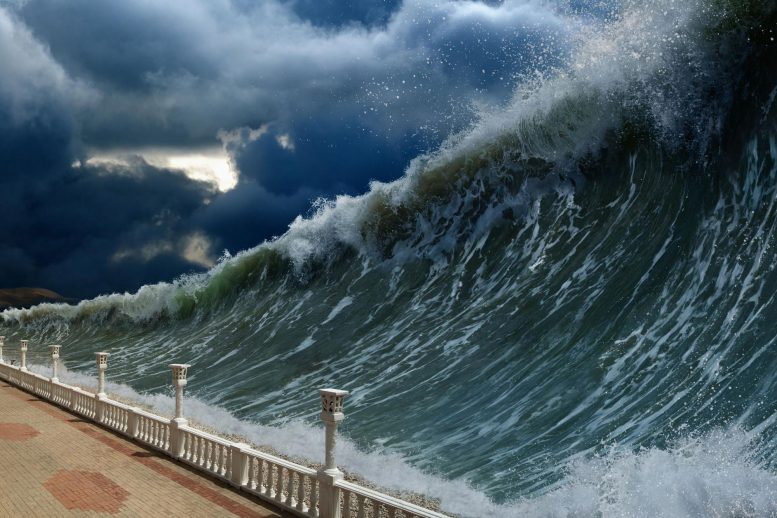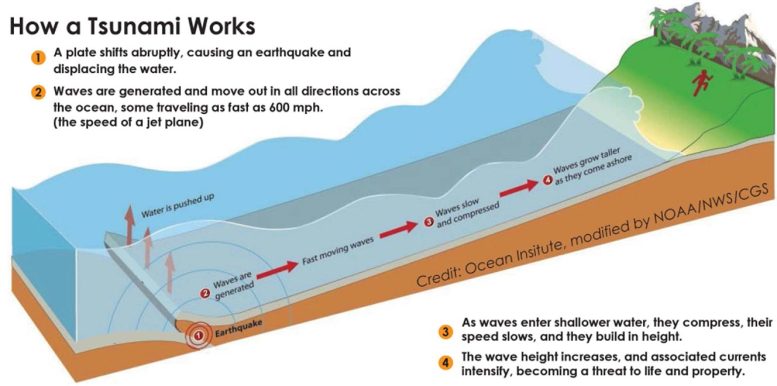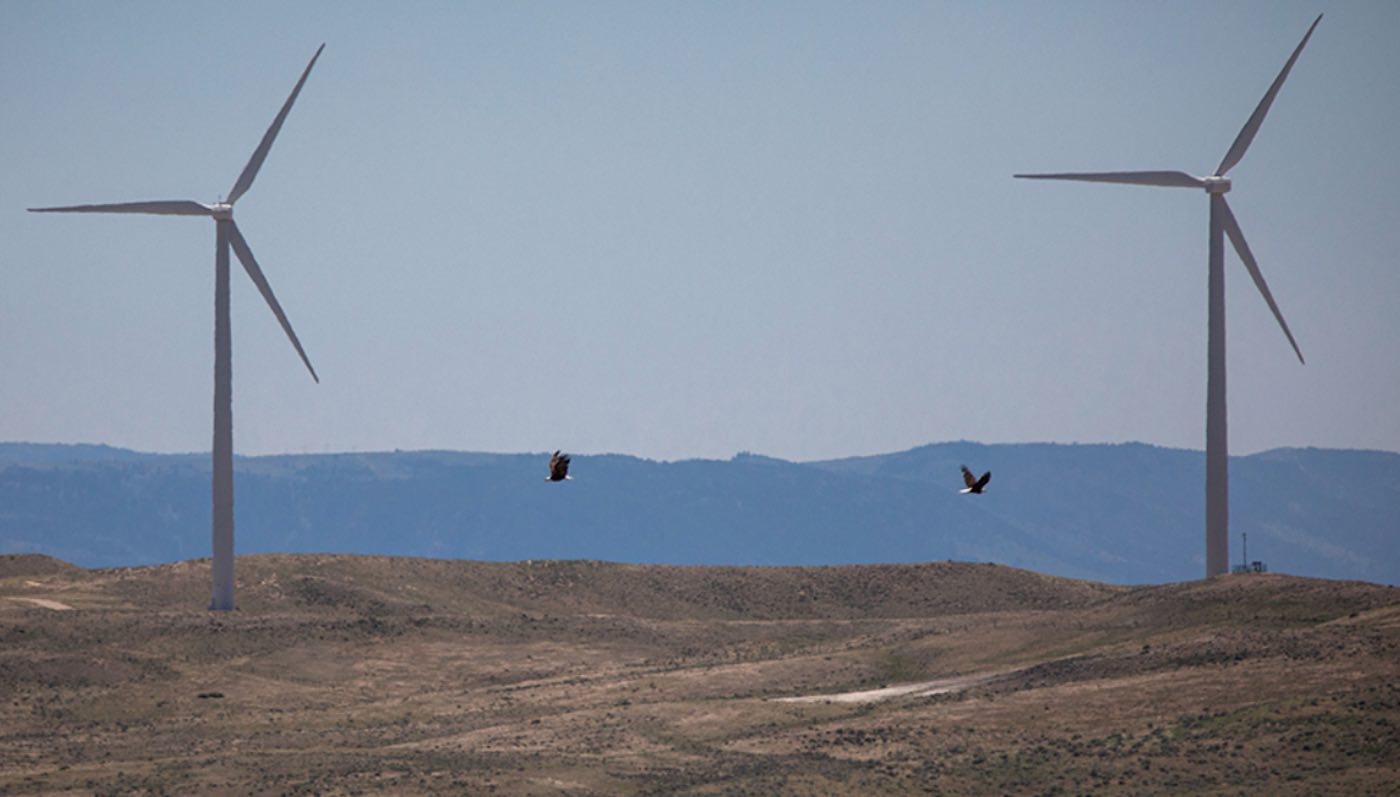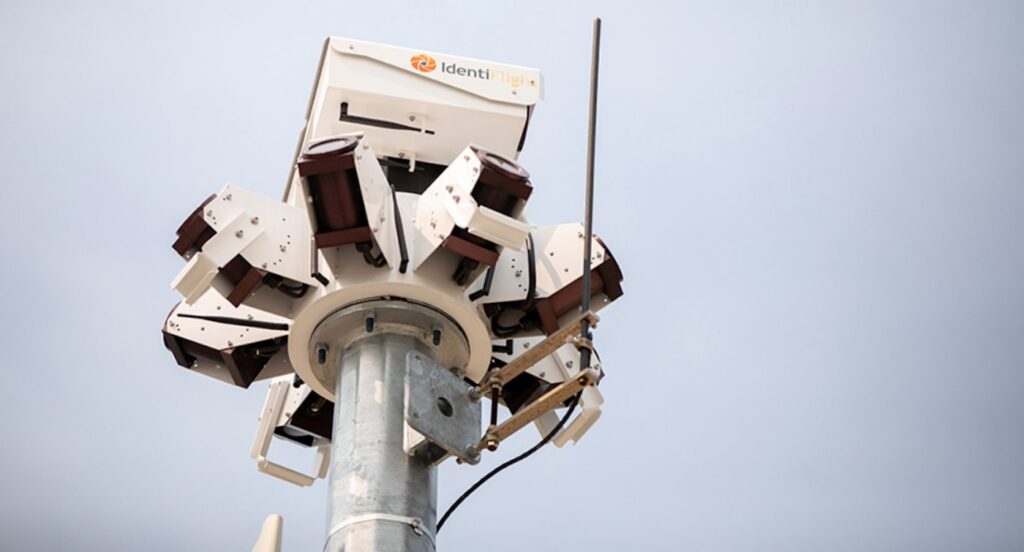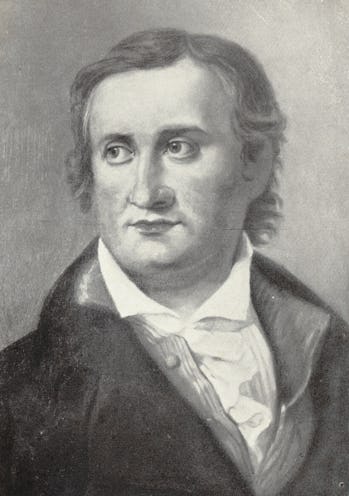Canada’s first chess prodigy and grandmaster still commands international respect
Fans of The Queen’s Gambit know that chess prodigies are possible, but many may not realize that Canada had its very own prodigy nearly a century ago.
Abe Yanofsky of Winnipeg started winning national events at 11, and 80 years ago he won the first of his eight Canadian championship titles.
:format(jpeg)/cloudfront-us-east-1.images.arcpublishing.com/tgam/K4OP4NUVQRGYNO4HWJRATZOWIQ.jpg)
How does White avoid losing his Queen or getting checkmated?THE GLOBE AND MAIL
It was hardly a surprise, because he had already notched some significant international successes. He represented Canada at the Buenos Aires Olympiad when he was 14, winning the prize for best performance on the second board.
Even the reigning world champion took note of the young Canadian’s play, especially his game against the Peruvian champion which is featured in today’s diagram. The game was included in a compilation of chess highlights of the 20th century.
Yanofsky went on to become the first Grandmaster in Canadian history, and arguably the strongest player Canada has ever produced. While studying in London, he also managed to become British champion.
But chess wasn’t Yanofsky’s only pursuit. He was a practising lawyer, and an elected official. He became mayor of the Winnipeg suburb of West Kildonan, and served for many years on Winnipeg city council.
He died in 2000 at the age of 74.
Answer:
White uncorked 22.Rxe6+ and after Kxe6 23.Re1+ Kd6 24.Qf6+ Kc5 25.Re5+ Kc4 and White can force mate.
Check mates: how chess saved my mental wellbeing
Sam Parker’s grandfather taught him to love chess, a joy he rediscovered in the pandemic, along with a deeper understanding of its positive effects on mental and emotional health
Sam Parker
Sun 26 Dec 2021 11.30 GMT
My grandfather was a man with a tut as loud as a dropped plate. He’d deploy it whenever you fell short in some way: a length of the pool finished too slowly; a garden bed not weeded well enough; a portion of vegetables left unfinished. But he softened over chess, a game he bequeathed to me over long sessions, played in our pyjamas by the fireplace. Across the board, his sternness would melt into a kind of pensive calm, the admonishments replaced with instructions and then a small smile when he saw the move that would win the game and send me to bed.
He played chess all his life and was chairman of his local club right up until he entered the retirement home where he died, but I didn’t follow his example myself until some 25 years later. By then it was too late to thank him.
The moment came at around 6pm on New Year’s Day 2021. Lying alone on my living room carpet, watching the first rain drops of the year drizzle on to the window, all the adrenaline of the past 12 months seemed to evaporate, leaving behind an overwhelming sense of dread. Like everyone else, I’d made it to the end of 2020 only to find Covid wasn’t going anywhere, and now the thought of resuming what passed for “real life” towered over me like the biggest pile of dirty dishes – which, incidentally, was also waiting in the kitchen.
Desperate for a distraction, I opened my laptop and logged into chess.com for the first time in years. With a heavy, hopeless sigh, I made the move drilled into me as my tiny primary school’s fourth best player, who was roundly beaten in the junior club semi-finals by Jason Wood in front of my father in 1992 – king’s pawn to E4.
I was not alone. People all around the world were discovering chess. In the year after March 2020, chess.com picked up over 11 million new users, many no doubt inspired by Netflix’s The Queen’s Gambit. On live streaming apps, such as Twitch, blossoming communities of young chess players were revelling in the strange, shared language with which you can analyse and debate games. At a time of existential worry, something about a 1,500-year-old boardgame was drawing people in.
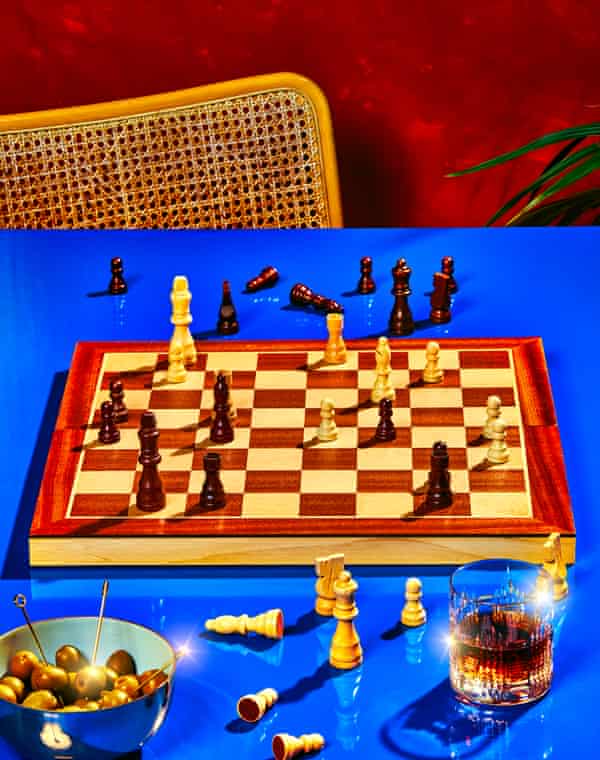
One silver lining of Covid was the rapid development in our conversation about mental health. In Britain, this was something at least partially ignited by the sobering National Office of Statistics report in 2014 which named suicide, for the first time, as the number one killer of men under 50. The conversation kept simmering in subsequent years, with moments such as #MeToo, which made us reconsider the way victims process trauma, and then Donald Trump, a real-time experiment in untreated narcissism during which the game “would you go back in a time machine and kill baby Hitler” became replaced by “would you go back in a time machine and give baby Trump a hug”.
But the pandemic was the moment for many of us when mental health went from the political to the abruptly personal. Family c onversations about my (other) grandfather – alive at the time, but on his own when lockdown started – changed quickly from keeping him physically well to how we could prevent him becoming depressed. Managers and HR departments, fearful of losing unseen staff to long-term stress, quickly learned the language of self-care. (“We just had an online seminar,” a newly evangelical 60-year-old neighbour and veteran of corporate finance told me, “called ‘It’s OK to not be OK.’”)
Most of all, we had to learn coping mechanisms for ourselves. No matter where you sat on the “quite lucky, really!” continuum, Covid was a mental health challenge. For me, this meant increased bouts of acute anxiety, something I’ve experienced since childhood; an all-consuming dread, often coupled with extreme self-criticism, which makes it difficult to eat properly, sleep or feel optimism or joy.
Searching for the right ways to cope had led to a skipping-in-the-garden phase, an ill-fated morning meditation regime, the month I became briefly but intensely obsessed with the teachings of Wim “the Iceman” Hof and started each day with loud breathing exercises and a cold shower (admittedly with more commitment to the former than the latter). Next came journaling – churning out pages and pages of stream-of-consciousness misery in an effort to purge my way to feeling better.
Where I didn’t expect to find relief was in an ancient board game, which had previously left me so humbled and humiliated I’d retreat in frustration after a few days and swear off it for good. But this time something clicked. By the end of January, I was playing several games a week; 10 months later, I play at least three or four times a day.
Chess, I quickly realised, was giving me far more than just a pleasant distraction. Instead, it was offering a window of clarity into my state of mind, a place where the fog of the day’s stresses and distractions were cleared to show me what was really going on, good or bad. My therapist had often told me: you need to find ways to tune into more of your emotions, not just anxiety but the rest of the “big four”; joy, sadness, and anger. Chess is an extremely fast route to experiencing them all – often within the course of a few moves. At a time when the outside world was too extreme to contemplate, it became a useful internal bellwether. If I was playing with frustration and impatience, I knew tackling that big problem at work or having that difficult conversation with a friend or partner was probably best left until tomorrow. If I was playing with grit and purpose, it clarified that I was strong and gave me the confidence to do what needed to be done elsewhere.
In chess, there is no element of chance: no dice to throw, no bit of kit that can falter (unless the board splits in two, which is fairly unlikely), no adverse weather conditions to point to and curse. It is a pure test of your ability to master your thoughts and emotions in the moment; failure to make a good move is, ultimately, the only thing that leads to your downfall. This is why you punch the air when you win and feel unspeakably furious with yourself when you lose. In chess, there are no ways to downplay your victory or excuse your defeat.
Then there is the obvious matter of resilience. Chess is a relentless, real-time test of your resolve. Can you make a mistake (called “blunders” in the game) – particularly the worst ones, like losing a queen – and keep going, or do you slam your laptop shut and be grumpy for the rest of the evening? Do you react to a setback by lashing out with an ill-considered attack, or can you take a breath, analyse the situation and make a smart move instead? Can you contain the joy of winning a clear advantage, and not get complacent? (Comebacks in chess are almost always about this.) Chess, in short, began to feel like a mindfulness exercise and an emotional HIIT class rolled into one. What was hard to tell was whether it was truly transformative, or whether I was merely projecting what I needed on to chess at that time, just as others were with birdwatching or baking.
The traditional view of chess is that playing it will make us smarter, that its unique blend of arithmetic, geometry and lateral thinking offers a workout for the mind that will make us stronger at logic, strategy and problem-solving. Just as heavyweight boxers are used as shorthand for physical supremacy, chess players are considered the height of intelligence, if not genius. This is certainly the view in places such as Armenia, the only country in the world to make chess mandatory in school (resulting, unsurprisingly, in one of the world’s highest proportions of grandmasters).
The problem is, this is a romantic fallacy with no scientific basis. At least that’s the conclusion of Fernand Gobet, author of The Psychology of Chess and an international master who once faced the great Garry Kasparov when part of the Swiss national team. A cognitive scientist and professor at Liverpool University, he has researched the question of chess’s relationship to intelligence.
“About 15 years ago,” Gobet says, “someone from the US Chess Fan Federation asked me to research the benefits of chess on education. He told me: ‘I want the truth.’ They mailed me this big box full of about 90 studies into the topic. We realised pretty quickly they were almost all very poor quality with almost no methodology. Maybe five or six were usable.”
Gobet set out to discover once and for all whether playing chess can have a positive impact on other areas of cognitive ability, particularly those that similarly combined “intelligence with working memory”. Unlike the studies in the box, Gobet and his team applied scientific conditions – properly sized control groups, placebos, standard deviations. “The conclusion we came to was that playing a lot of chess makes you very good at chess,” he says. “And no evidence for anything else.”
You might think this would have sent shockwaves through the chess community, who’d been using this particular piece of propaganda for years. Instead, fingers were placed firmly in ears. “They basically totally ignored us,” Gobet says. “Every year I get invited to conferences and I often tell the same story. Sometimes they get sick of hearing it and talk about other things. There are still reports being published today claiming chess is great for mathematic intelligence, working memory capacity, Alzheimer’s – everything. But there’s no evidence.”
Chess may not make us smarter in a cognitive sense, but what about the idea it can help us learn to understand and master our feelings better?
“It’s possible,” Gobet says, “Although there’s absolutely no data about that.” He agrees chess is an unusually emotive game. “If you do an experiment and ask people to propose the best move in any position, they often use very emotional terms: ‘This move is disgusting, this move is lovely.’ Clearly, chess generates powerful emotions, especially when you’re losing. People hate losing at chess. You can speculate that chess teaches us a few simple things, like learning to lose graciously, to think before you move and so on. I think it’s more just a way to reveal innate abilities that people have. It’s going to reveal whether you’re resilient or not, if you can manage your emotions.”
Or perhaps it can be a way to chart your personal growth in these things. The boy I was at 12, losing in front of my father, or the man I was at 26, writing it off as a waste of time after each defeat, were not as emotionally resilient as me today, whose Elo (chess-rating system) rating lingers stubbornly in the “class D” range (one step above total novice), but keeps playing anyway. This maturity may be unsurprising, but that doesn’t mean it is not worth observing: self-care is about celebrating and viewing yourself with kindness.
Which leads me to another thing I value about chess. Beneath the cut and thrust of attack and defence, it is also a curious exercise in empathy – for yourself, but also your opponent. Even when you’re playing an anonymous stranger on the internet you can intuit something of their emotional state within a few moves: what opening they choose (or how they respond to yours); how quickly they move; how boldly they exchange material (pieces). Each game has a distinct texture and emotional arc. To the best of my knowledge, no one says this about Boggle.
I asked my father once if my grandfather ever struggled with his mental health. Difficult or unpleasant emotions were taboo in my grandparent’s household. The only self-help they knew was the stiff upper lip, an example which has extended down the family like ivy covering a crumbling wall. He told me there had been a period when he was a child, not discussed during or since, when Grandad took to bed for weeks in a closed off room with what was euphemistically described by everyone at the time as “nerves”. I struggled to picture it.
Later, when we cleared out his house, we found piles of Grandad’s chess books with pencil notes scribbled in the margins where he taught himself opening theories, just as today I spend hours watching “How to DESTROY opponents with the Sicilian Defence!” tutorials by Russian YouTubers. My grandfather lived and died before we had a shared language for the mental health struggles that are also part of his legacy to me, but chess was a journey he set me on which we undertook in the same way, decades apart. I would love to be able to ask him what relief, if any, he got from this infinitely joyful, endlessly maddening game; whether it was his refuge, too.
Perhaps, like me, he appreciated how the game functions as a handy metaphor for life. You start with endless options laid out in front of you, fumble some of your earliest moves, battle through a complicated and difficult middle passage before, eventually, entering a final stretch in which the pieces and the clock start to run out. There will always be better players, silly blunders, missed wins. All you can do is make the best move you can, and when things really go wrong, try and find the will to reset the board and go again.
Samaritans can be reached on 116 123; or go to mind.org.uk


